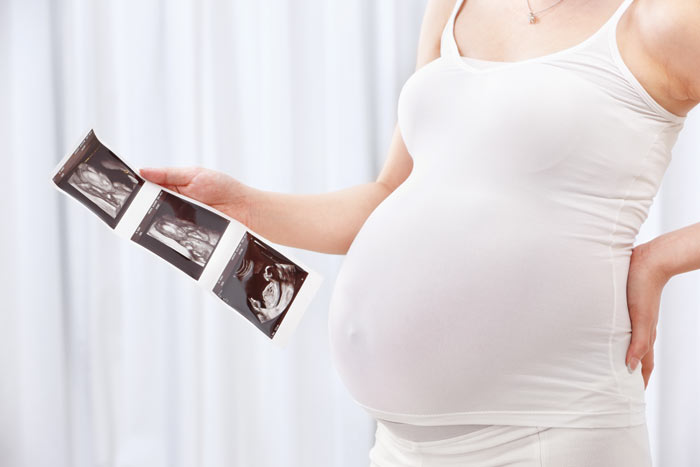A pregnant friend of Babytalk confessed that in the last weeks before her baby arrived she began to worry that they hadn’t enough pots and pans in their new apartment! I think a lot of expectant parents can identify with this kind of anxiety, fretting over what the baby might need when it arrives, writing endless lists. For example, what to put in The Hospital Bag. First time parents can find preparing the hospital bag especially daunting – what might you need? What if you didn’t bring it? Stress!
There’s no need to be stressed! Here at Babytalk we have a mixture of birth experiences including hospital birth and homebirth to call on and we all agree that while there are a few things you definitely need, less is more. So, we’ve come up with a list that covers the at-home part of your labour and then includes things you need for the birth whether you plan to be at home or in the hospital.
We also have a great recipe for a refreshing drink called Labour Aid that mothers swear by.
It’s a good idea to check with your hospital about some of their policies as this will help you decide what items can stay at home and what should go in your hospital bag. Do they allow eating and drinking during labour? Will they provide a birthing ball, hot baths or birthing pool?
What did you think was indispensable when you gave birth? Is it on our list? Let us know in the comments!
Labour at Home
Clothing and comfort
Old towels
Old large t-shirts or button up shirts
Old underwear
Cushions
Blankets
Surge (Contraction) Management
Birthing ball
Yoga mat
TENS machine
Bath/Shower
Birthing pool (with pump, flexible tubing, a good hot water supply and a sieve!)
Atmosphere
Music/relaxation CDs / self-hypnosis CDs
Candles
Aromatherapy oils
Objects to focus on (photos, favourite items, lucky charms!)
Practical
Old sheets
Hairclips and brush
Drinks (Labour-Aid)
Snacks (think light and healthy)
Food for everyone else (birth partner, midwife, doula…)
Mobile phone (fully charged!)
Birth at Home
Warm socks
Vest, hat, blanket and babygro for baby
Cotton wool
Nappies
Almond / Olive / Coconut oil
Nipple balm and breast pads or formula, bottles, steriliser, etc.
Maternity pads
Nice dressing gown (handy for when visitors arrive!)
Birth in the Hospital
Warm socks
Vest, hat, blanket and babygro for baby
Cotton wool
Nappies
Almond / Olive / Coconut oil for baby
Nipple balm and breast pads
Maternity pads
Nice dressing gown (handy for when visitors arrive!)
Slippers and extra pyjamas
Extra clothes for baby
Phone charger
A little cash for parking meters, taxis, etc.
—————————
Labour Aid
¼ cup fresh lemon juice
¼ cup honey
¼ tsp of salt
one or two magnesium or calcium tablets, crushed
4 cups of water
Mix the ingredients in a jug and voila! You can chill it, make it into ice pops, substitute two cups of raspberry leaf tea for two of the cups of water or come up with your own twist!

